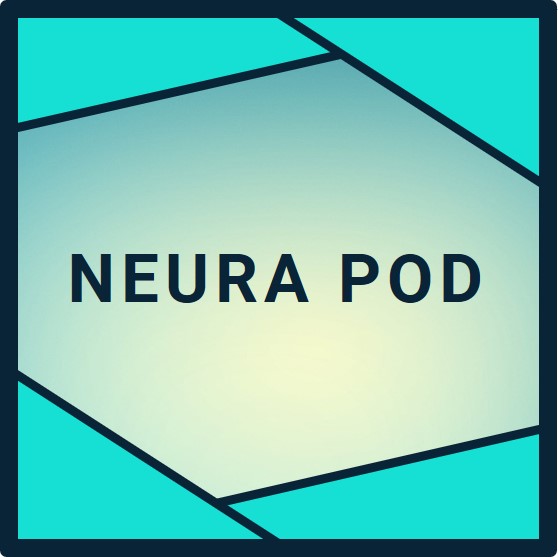- Neuralink plans its first non-medical brain implant for healthy consumers by 2030, building on the Telepathy technology currently restoring digital control for paralysis patients.
- The consumer device will enable direct thought-to-communication, gaming, and productivity boosts through a wireless N1 implant with 1,024 electrodes for high-bandwidth neural interfaces.
- Elon Musk targets 20,000 annual implants by 2031, scaling production after FDA approvals for broader medical uses like speech and vision restoration in 2026.
Neuralink Telepathy: Bridge from Medical to Consumer Use
Neuralink's Telepathy represents the core technology transitioning from clinical trials to everyday consumer applications. Currently, Telepathy powers the N1 brain implant in the PRIME Study, where 14 patients with quadriplegia control computers, type at over 100 words per minute, and operate robotic arms using thoughts alone. This system, implanted via the R1 surgical robot, features 64 flexible threads with 1,024 electrodes inserted into the motor cortex.
Elon Musk named the product Telepathy to highlight its potential for seamless mind-to-mind or mind-to-device communication. In medical trials across the US, Canada, UK, and UAE, participants like Noland Arbaugh demonstrate daily use for gaming and 3D modeling without physical input. These successes provide the data foundation for non-medical versions, proving long-term stability with zero serious adverse events after thousands of hours.
By late 2025, Neuralink submitted initial human data to the New England Journal of Medicine, accelerating regulatory confidence. Elon Musk's focus on iterative improvements, such as dual implants planned for early adopters, sets the stage for consumer readiness.
Features Planned for the First Consumer Neuralink Device
The non-medical Neuralink device will retain the N1 implant's compact, coin-sized design, fully wireless and invisible under the scalp. Users connect via the N1 User App to control smartphones, computers, and augmented reality systems through neural signals. Initial consumer features emphasize enhanced cognition: instant thought-typing at speeds far beyond keyboards, precise gaming with reaction times surpassing human limits, and multitasking across apps.
Future updates will add sensory inputs, like direct audio streaming to the brain for immersive experiences or basic visual overlays for productivity. Elon Musk has outlined expansions to full video, touch, and smell stimulation, starting limited and improving via over-the-air software. Unlike trial versions focused on motor restoration, consumer models target healthy individuals seeking bandwidth advantages in work and entertainment.
Safety remains paramount, with the R1 robot ensuring micron-precision insertion through a minimal craniotomy. Post-implant recovery takes days, enabling quick return to normal activities.
Timeline for Non-Medical Approval and Launch
Neuralink outlines a clear path to consumer availability by 2030. In 2025 and 2026, the company prioritizes medical expansions: speech trials for stroke and ALS patients launch late 2025, followed by Blindsight vision restoration in 2026. These steps gather extensive safety data across diverse conditions, supporting FDA Breakthrough Designation extensions.
Healthy volunteer trials begin around 2028, testing enhancements in controlled settings. Full non-medical clearance targets 2030, aligning with production scaling. Elon Musk projects 20,000 implants per year by 2031, ramping from dozens in 2025 to thousands annually.
Global partnerships with sites like Barrow Neurological Institute and Cleveland Clinic Abu Dhabi facilitate multi-country data, speeding approvals in Europe and beyond. Patient Registry members at neuralink.com/trials gain priority for early access.
Manufacturing Scale-Up and Accessibility
Neuralink invests heavily in automation to meet consumer demand. The Fremont factory produces R1 robots and N1 implants at scale, reducing costs from trial levels. Elon Musk emphasizes affordability, aiming for prices accessible to broad markets post-approval.
Supply chain integrations with partners like ARK Invest and Sequoia Capital, via a $650 million Series E round in 2025, fund factory expansions. Wireless charging and app ecosystems ensure seamless integration with Tesla, X, and consumer devices.
Elon Musk envisions widespread adoption, where Neuralink becomes as common as smartphones, unlocking collective human potential.
Elon Musk's Vision Driving Consumer Neuralink
Elon Musk positions Neuralink as essential for humanity's future, countering AI risks by augmenting human intelligence. Non-medical devices enable "symbiosis with AI," boosting memory, speed, and creativity. Early adopters will excel in competitive fields, from esports to design.
Musk's leadership accelerates progress: from first implant in 2024 to international trials by 2025. His X updates keep the public informed, building excitement for 2030. Neuralink's trajectory promises safe, transformative tools for all.
TL;DR
Neuralink's first consumer brain implant arrives by 2030, evolving Telepathy from medical triumphs to everyday enhancements for healthy users. With 1,024 electrodes enabling thought-control of devices at unprecedented speeds, Elon Musk plans 20,000 annual units by 2031 after speech and vision trials solidify safety. Factory scaling and global data position Neuralink to equip millions with superior cognition, blending human ingenuity with technology for a brighter era.

